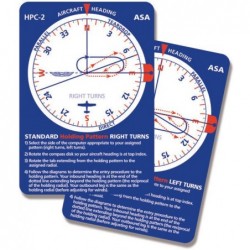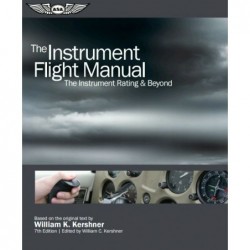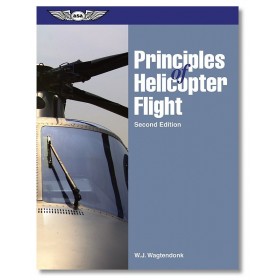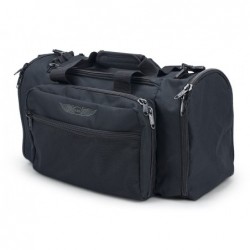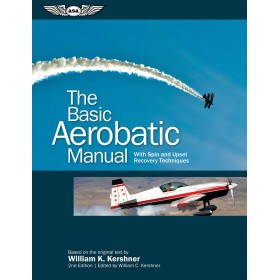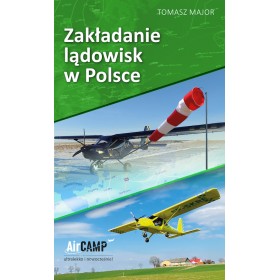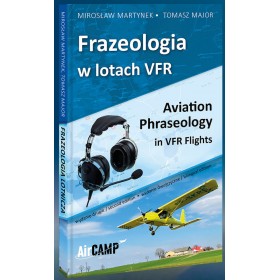Literatura
Jest 31 produktów.
Kalkulator holdingowy HPC-2
The Instrument Flight Manual
This book gives an overview of IFR operational requirements and helps establish patterns of aeronautical decision making pertaining to instrument flight.
Written for the pilot desiring to add an instrument rating, and for the instrument-rated pilot who needs a refresher. Divided into five sections, the book covers: airplane performance and basic instrument flying, navigation and communication aids and their instruments, planning the instrument flight (weather systems and planning, charts and other aids, and navigation planning), the instrument flight and the knowledge and practical tests (a scenario "trip" using the knowledge gained in the first three sections, including clearances, takeoff and departure, enroute, and approaches), and a syllabus for the instrument trainee and the CFII.
Helicopter Maneuvers Manual
Principles of Helicopter Flight
Multi Engine Flying
ASA Bag Pro
Tester paliwa - fuel tester
Chroń się przed zanieczyszczeniem paliwa sprawdzając wzrokowo paliwo pod kątem obecności wody i innych zanieczyszczeń. Pasuje do wszystkich zaworów szybkiego spustu i posiada adapter do wpuszczanych spustów. Przezroczysty cylinder ma 14 cm długości. Na powierzchni cylindra wytłoczone jest kodowanie kolorów w zależności od liczb oktanowych. Posiada krzyżakowy (Philips) oraz płaski śrubokręt.
Aviation Instructor's Handbook
The basic aerobatic manual
Starting with stalls, chandelles and lazy-8’s, the student is guided through spins and the Three Fundamentals of basic aerobatics: the aileron roll, loop, and the snap roll. Once these basics are learned, the combination maneuvers (the cloverleaf, for example) are covered in-depth.
William K. Kershner started his solo aerobatic career in a Stearman N2S at the age of 17. As a flight instructor, he later operated an aerobatic school in Sewanee, Tennessee using a Cessna 152 Aerobat, until his death in January, 2007.
Zakładanie lądowisk w Polsce
Frazeologia lotnicza w przestrzeni niekontrolowanej
Latając w Nepalu nie możemy się nadziwić, że wszyscy piloci, czy to w Jomsom pod Annapurną, w Lukli pod Everestem, czy też w Terrai na sawannie komunikują się ze sobą po angielsku. Dobrze byłoby w Polsce nie wykluczać nikogo z dostępu do informacji, ideał to jednak, podobnie jak w Nepalu, korespondencja w jednym uniwersalnym języku. Chyba jeszcze trochę czasu upłynie zanim to się stanie; może na początek tylko standardowe informacje po angielsku?


